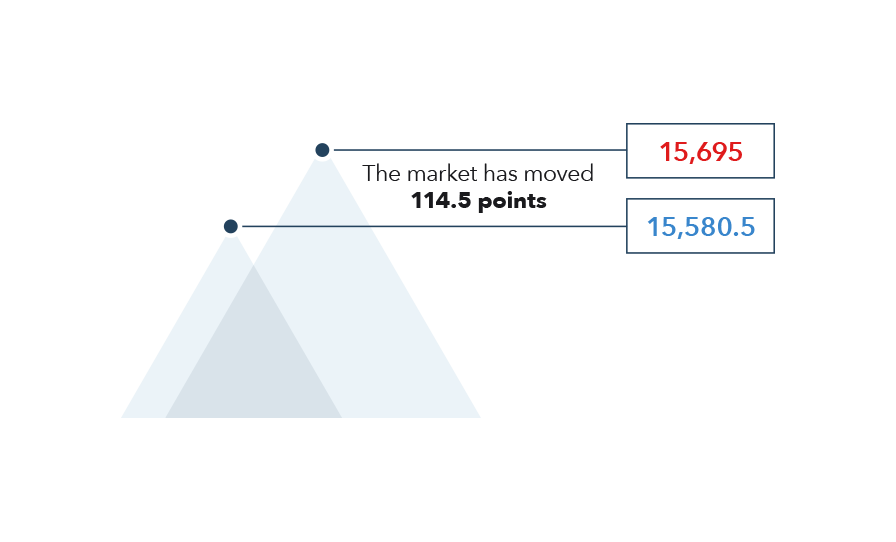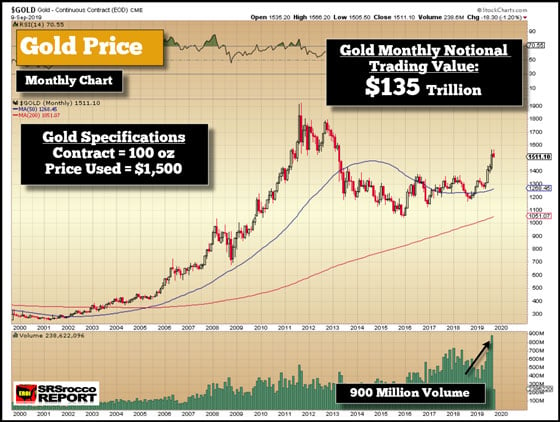

In the simplest case – an unlimited market order sent directly to the exchange – the impact can be accurately defined as the difference between the market price immediately prior to the order being submitted and the final execution price of the trade. Market impact can be very difficult to quantify. Market Impact: The second component of transaction costs is market impact, which measures the adverse price movement caused by the act of executing the order. This analysis assumes execution costs of $2.50 per contract (0.25bps) for E-mini futures and 2.5 cents per share (1.25bps) for ETFs. These charges are negotiated between parties and vary from client to client. These apply equally to all trades, regardless of the time horizon.Ĭommission: The first component of transaction cost is the commission, or fee, charged by the broker for the execution. Transaction costs are expenses incurred in the opening and closing of the position. This analysis compares the CME E-mini S&P 500 future (ticker: ES) with the three US-listed S&P 500 ETFs: SPDR S&P 500 ETF (SPY), iShares Core S&P 500 ETF (IVV) and Vanguard S&P 500 ETF (VOO). While these scenarios do not represent all possible applications for either product, they cover the majority of use cases, and analysis of the scenarios provides insights into factors that investors should consider when making their implementation decisions.

investor – and compare the costs of index replication with futures and ETFs in each. The approach is, therefore, to consider four common investment scenarios – a fully-funded long position, a leveraged long, a short position and a non-U.S.
:max_bytes(150000):strip_icc()/dotdash_Final_Understanding_How_Options_Are_Priced_Aug_2020-02-ba51015e895b4ba7abbd7632e1908360.jpg)
The optimal choice depends on the details of both the client and the specific trade.

Given the diversity of clients and potential uses for both ETFs and futures, there is no “one-size-fits-all” answer to the question of which is more cost-efficient. This report compares the all-in cost of replicating the S&P 500 total return 1 via equity index futures and ETFs.
#NOTIONAL VALUE OF DIA ETF DRIVERS#
The analysis begins with a detailed look at the components of total cost and the assumptions that underlie the calculations, which includes observations about recent changes in the implied financing rates of futures and the drivers of these moves.The specific products used in the analysis are the CME E-mini S&P 500 future and the three U.S.-listed S&P 500 ETFs: the SPDR SPY, iShares IVV and Vanguard VOO.This report compares the all-in cost of replicating the S&P 500 total return via equity index futures and exchange-traded funds (ETFs) across a variety of use cases and time horizons.Read the updated report, and discover the cost efficiency of E-mini S&P 500 futures – the preferred tool for replicating the S&P 500 total return. Absent extreme richness of the futures roll, the cost advantage of futures over ETFs for foreign investors will hold true in periods of roll richness and cheapness mainly because this is an additional holding cost that only the ETF incurs.At the recent average roll level of 3mL -5.7bps, futures are cheaper than the ETFs by between 12.0 and 15.5bps. For fully-funded investors, the optimal choice is a function of futures implied financing and investment time horizon.E-mini S&P 500 futures are shown to be more cost-effective than S&P 500 ETFs for leveraged, short and non-U.S.Updated for 2015, The Big Picture: A Cost Comparison of Futures and ETFs examines the all-in cost of replicating the S&P 500 total return via equity index futures and ETFs across a variety of use cases. Today, as in the past, it’s cheaper to replicate the S&P 500 with futures than with exchange-traded funds (ETFs).


 0 kommentar(er)
0 kommentar(er)
